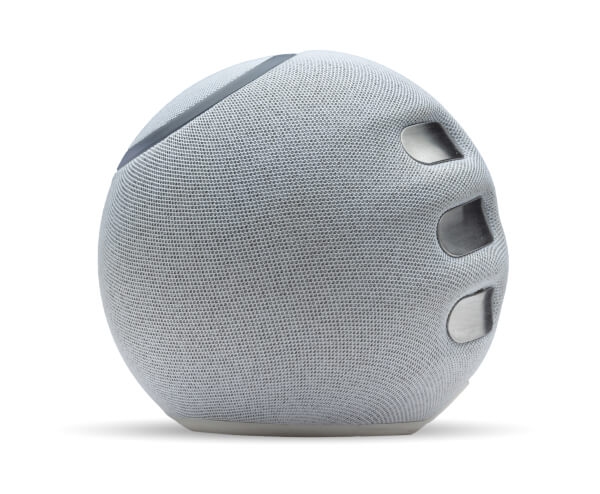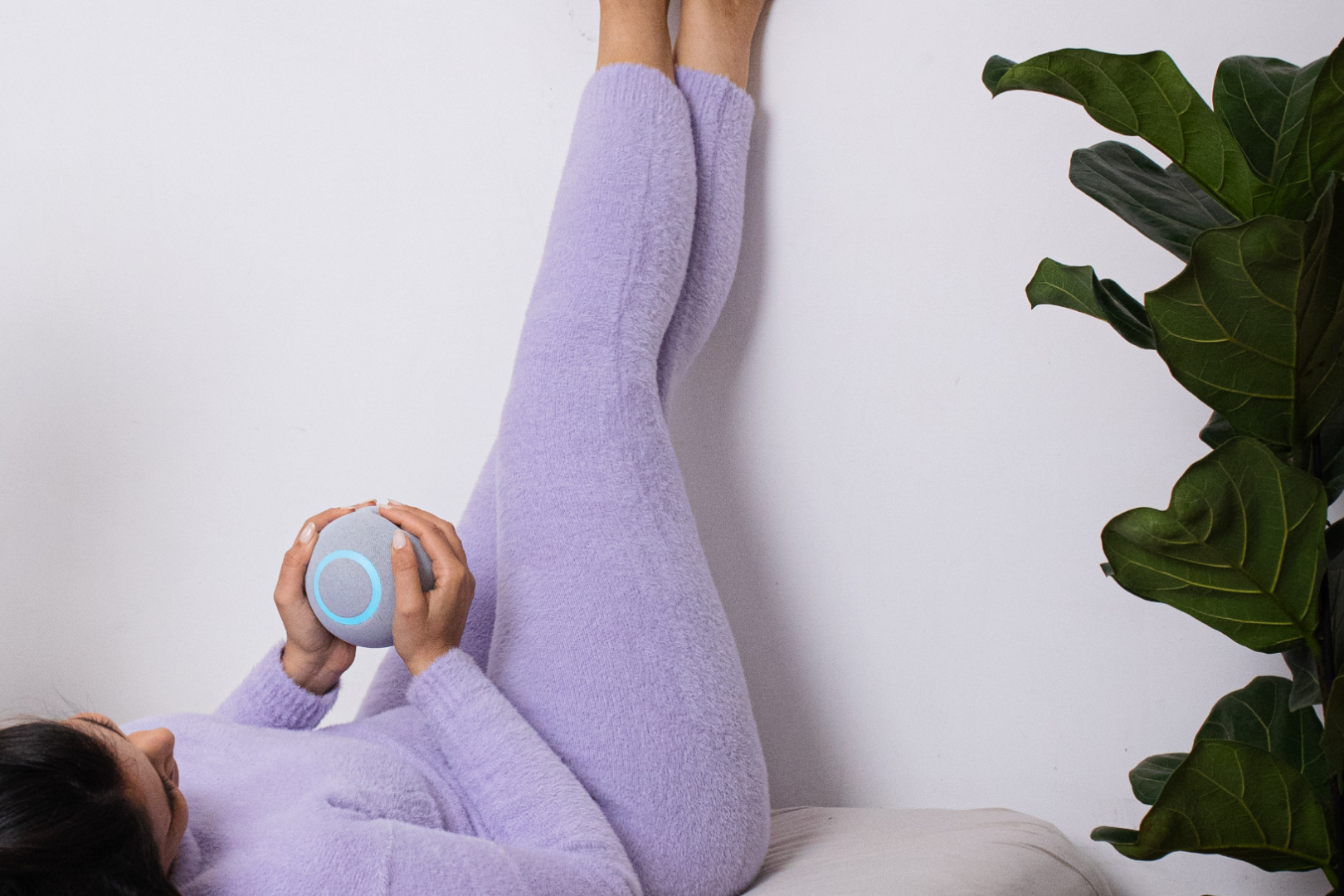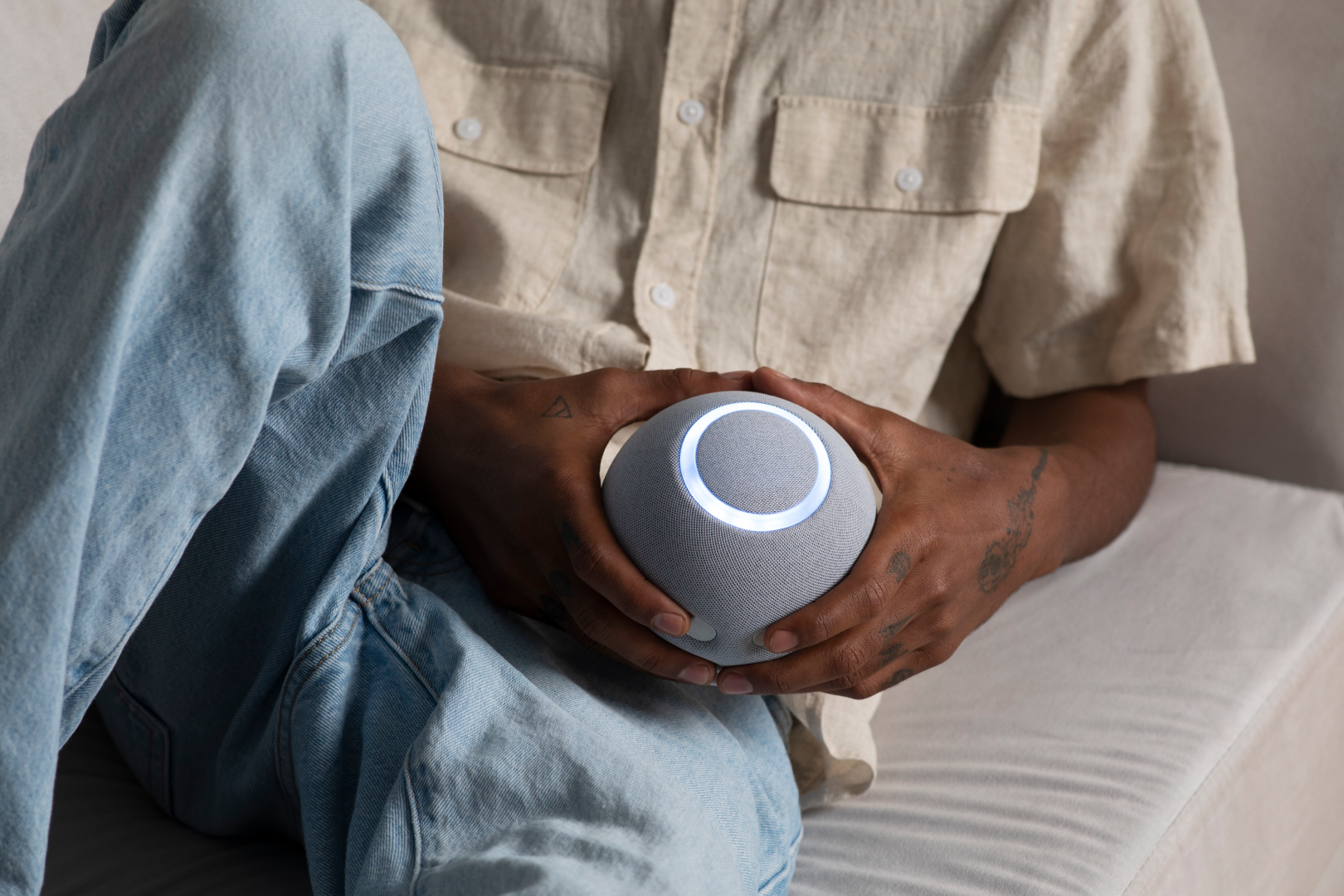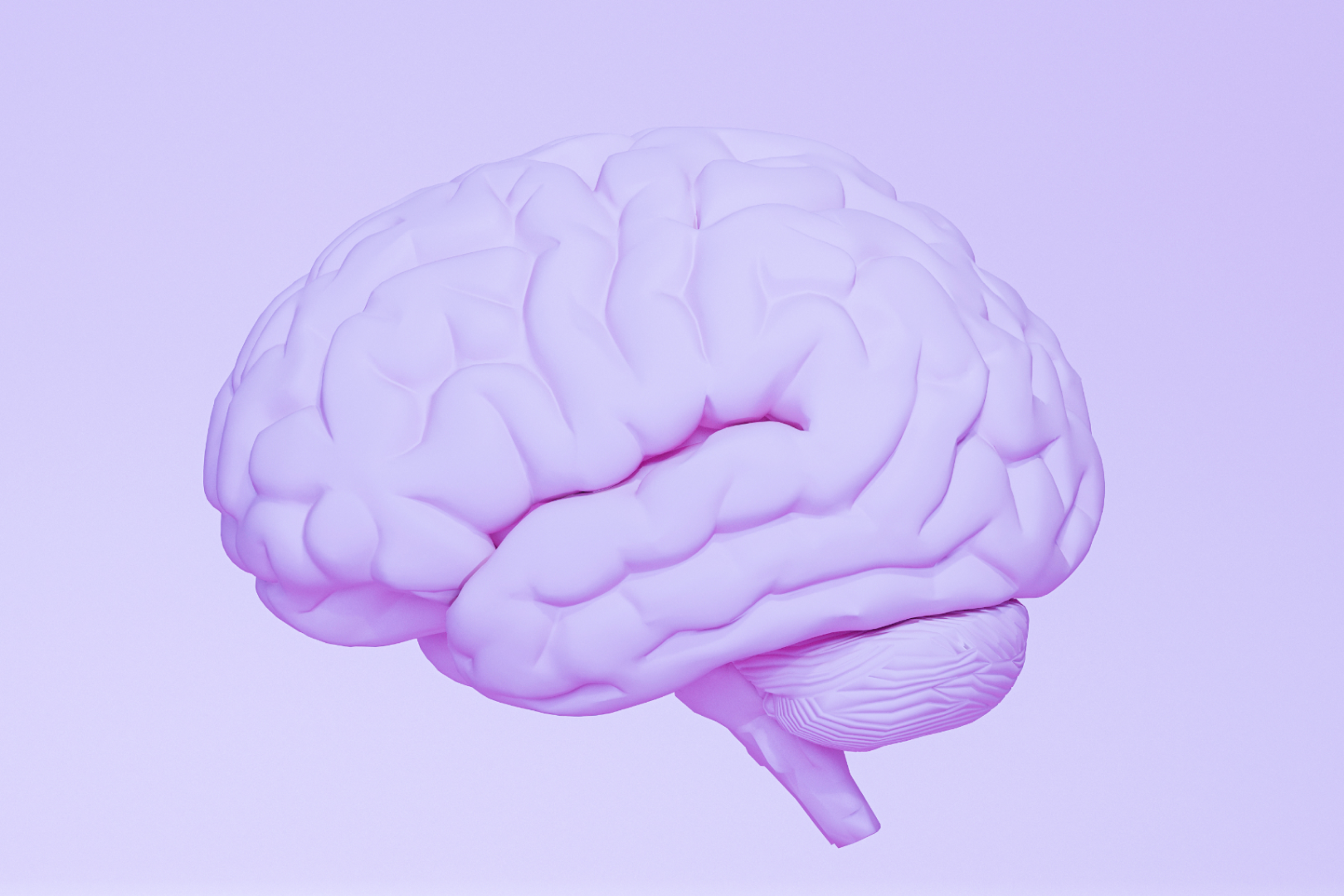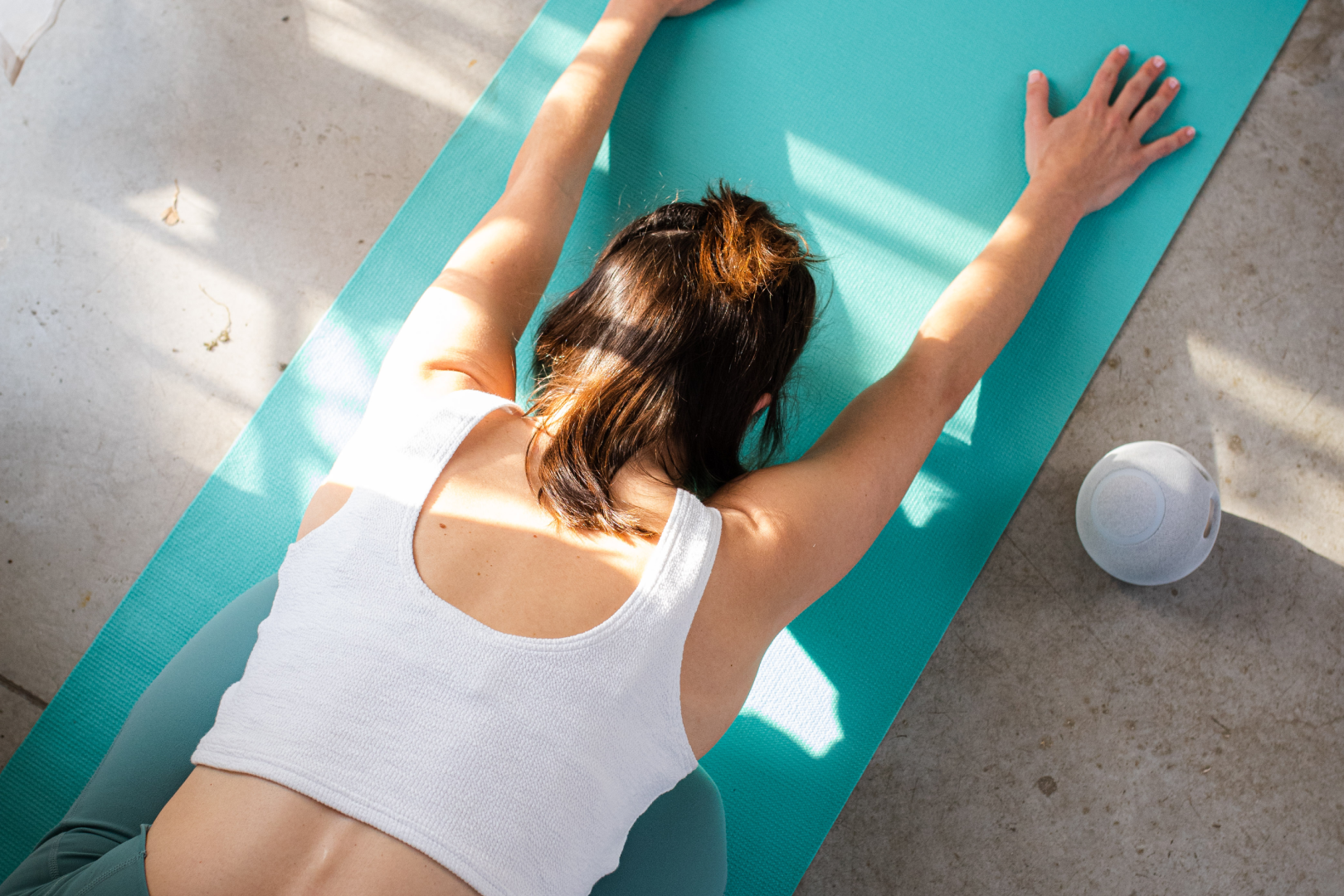When breathing turns into conscious breathwork, the benefits can range from reduced stress and anxiety, to more energy and focus.
So how do you get started? Read on to learn more about the power of the breath and how to start your practice. B r e a t h i n g.
It's the very first thing we all do when we enter the world. Breathing is so second nature that you forget you're even doing it.
That is, of course, until you face an intrusive situation, such as physical exercises or anxiety, that causes shortness of breath. In this way, your breath can act as a 'red flag' to indicate a stressor. But your breath also has the power to do the exact opposite and regulate yourself into a calm or more focused state.
It has even helped health care workers who were overwhelmed during the pandemic and aided US Veterans in decreasing post-traumatic stress disorder symptoms. Think of all the times you've been told to "take a deep breath" before an important event or "take a deep breath and count to 10" so you don't lose your cool. In today's fast-paced, over-stimulating world, we constantly have to be reminded to breathe (celebs Cara Delevigne and Miley Cyrus even had these reminders tattooed).
Another way to be reminded to breathe is by practicing conscious breathwork. The core of breathwork is to transform the mindless act of breathing into a mindful one. This is done through different breathing patterns with the goal to improve your well-being.
What is Breathwork?
Breathwork is a transformative practice rooted in ancient traditions, emphasizing conscious control of breathing for physical, mental, and emotional well-being. By focusing on intentional breathing patterns, individuals tap into its therapeutic power, reducing stress and promoting relaxation.
Various techniques, such as diaphragmatic breathing and Pranayama from yoga, guide practitioners in manipulating their breath to achieve specific outcomes. Beyond its physiological impact, breathwork is instrumental in emotional healing, aiding the release of stored emotions and trauma.
Breathwork can reduce stress and increase comfort, relaxation, pleasantness, vigor, and alertness. Furthermore, breathwork can have a positive ripple effect on your overall health as your mind-body connection strengthens. Breathwork can become an essential part of your toolbox to live a more balanced life.
For those who often feel stressed or anxious, breathwork is particularly useful as one of the main manifestations of anxiety is shortness of breath and hyperventilation. Rapid breathing comes from the upper chest, resulting in less air and therefore less oxygen getting into your system (not to mention it may make you feel entirely out of control).
What's more, even if you don't often feel anxiety, rapid breathing can actually make you feel more anxious. In contrast, deep breathing (also called diaphragmatic or abdominal breathing) is controlled breathing in which there is a greater exchange of oxygen.
Not only that, a study shows that diaphragmatic breathing can also improve sustained attention, affect, and cortisol levels. Breathwork techniques have been traditionally practiced in yoga for centuries. When paired with biofeedback, the power of breath is magnified.
Biofeedback is a mind-body technique that gathers information, such as your heart rate variability or skin conductivity, to better understand how these physiological changes affect your emotional state. A study that used biofeedback as a metric showed that participants who practiced deep breathing exercises achieved significant stress reductions.
By relying on these physical signals as metrics, breathwork can be practiced in an even more structured manner. With our biofeedback device, you can now gather these metrics at home. Want to get started on breathing with intention? Here are a few exercises you can try, with or without Reflect.
Breathwork Techniques For Beginners
Diaphragmatic Breathing:
Also known as belly breathing, diaphragmatic breathing involves inhaling deeply through your nose, allowing your diaphragm to expand and your abdomen to rise. Exhale slowly through your mouth, contracting your diaphragm. Focus on the natural rhythm of your breath, allowing it to become deep and relaxed.
4-7-8 Breathing
Inhale quietly through your nose to a mental count of 4. Hold your breath for a count of 7. Exhale completely through your mouth to a count of 8. This technique, known for calming the nervous system, is best practiced in a quiet environment.
Alternate Nostril Breathing (Nadi Shodhana)
Close your right nostril with your right thumb and inhale deeply through your left nostril. Close your left nostril with your right ring finger, release your right nostril, and exhale. Inhale through the right nostril, then close it, release the left nostril, and exhale. This technique balances the two hemispheres of the brain and promotes a sense of balance.
For Better Sleep: Counting Breathing
The 4-7-8 breathing technique, also known as "relaxing breath" developed by Dr. Andrew Weil, is particularly helpful to bring calm before sleep. In it, you place your tongue to the roof of your mouth and keep it there for the entire exercise. Then, you inhale through your nose for 4 seconds, hold your breath for 7, and exhale through your mouth for 8 seconds.
For Calm: Box Breathing
Box breathing is also called Square Breathing. Practicing this type of breathwork begins with inhaling and counting to 4 slowly, holding your breath for 4 counts, and slowly exhaling through the mouth for 4 seconds. This can be repeated once, for two minutes, or even five minutes. Focusing on this simple breathing exercise can help bring about calm.
For Energy: Stimulating Breathing (Bhastrika or Bellows breathing)
This is a traditional yoga technique and is often best learned with an instructor, as it takes some practice to get used to. The goal here is to pulse energy into the body through the breath with rapid inhales and exhales.
You start by inhaling and exhaling quickly through your nose with your mouth closed but relaxed. Your inhales and exhales should be the same length, but as quick as possible. The length of these will depend on your experience with breathwork, and usually, each cycle should not be longer than 10 or 15 seconds.
Watch it in action here. As with meditation, there is no right or wrong way to start breathing. Breathing is a practice that is optimized when it becomes a habit (just like meditation). But, the beginning can be as simple as paying attention to your breath, being mindful of the way your chest rises and falls, and how your breath changes throughout the day. It doesn't have to belong either. Even 1 or 10 minutes of breathing exercises can make an impact.
Breathwork is about transitioning from breathing on 'autopilot' to harnessing your breath to steer yourself in the direction you choose. Ultimately, it is about understanding and owning your wellness and using the power of breath to work in your favor.
What are the benefits of breathwork?
Breathwork offers a multitude of benefits that encompass physical, mental, and emotional well-being.
1. Stress Reduction: Conscious breathing triggers the relaxation response, reducing stress hormones and promoting calmness.
2. Improved Mental Clarity: Deep breathing enhances oxygenation, leading to better cognitive function and mental focus.
3. Emotional Healing: Breathwork facilitates the release of suppressed emotions and trauma, fostering emotional catharsis and healing.
4. Enhanced Self-Awareness: Mindful breathing deepens self-awareness, aiding introspection and personal growth.
5. Better Sleep: Calming breathwork techniques can improve sleep quality by relaxing the mind and body.
6. Anxiety and Depression Management: Breathwork is used in therapy to manage anxiety and depression, promoting a sense of calm and balance.
7. Enhanced Resilience: Regular practice builds emotional resilience, helping individuals cope with life's challenges.
8. Physical Health: Improved oxygenation supports cardiovascular health, while strengthening respiratory muscles enhances lung function.
9. Increased Energy: Proper breathing optimizes oxygen supply to cells, boosting energy levels and vitality.
10. Spiritual Growth: Breathwork deepens spiritual experiences, connecting individuals with their inner selves and enhancing intuition.
11. Enhanced Creativity: Breathwork can unlock creative potential, inspiring artists, writers, and performers.
12. Self-Regulation: Breath control empowers individuals to regulate emotions, respond thoughtfully, and make clearer decisions.


